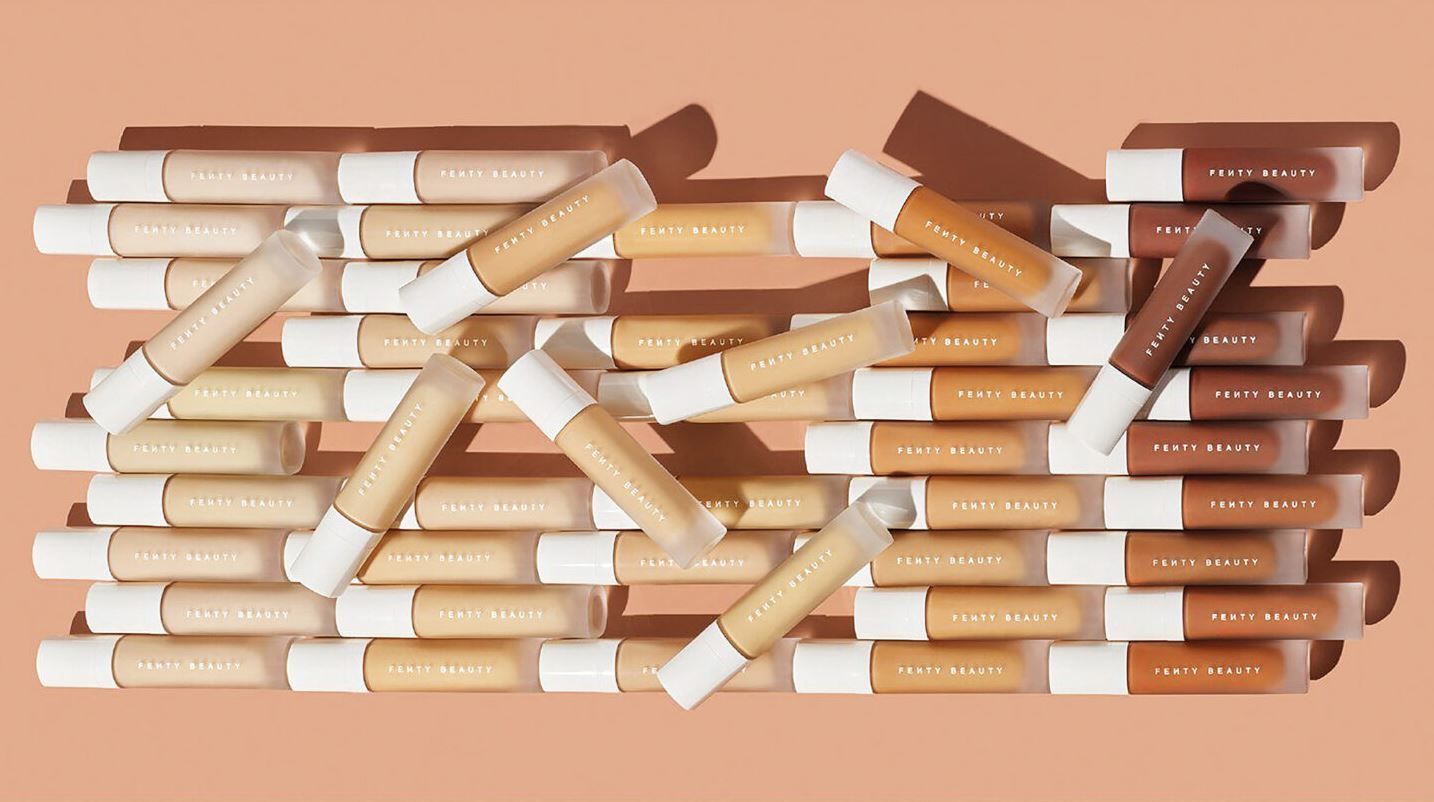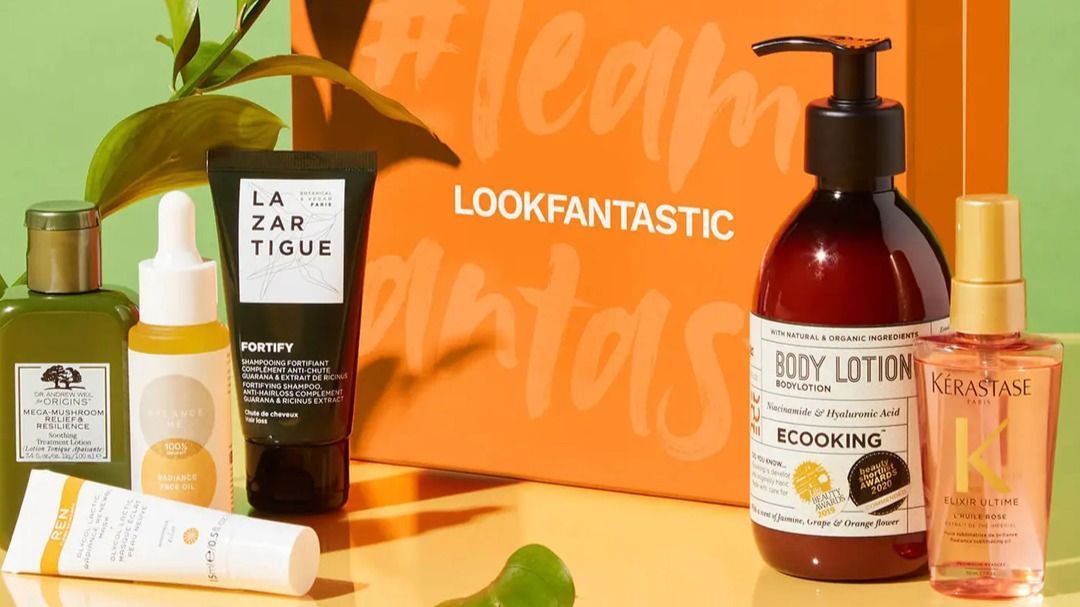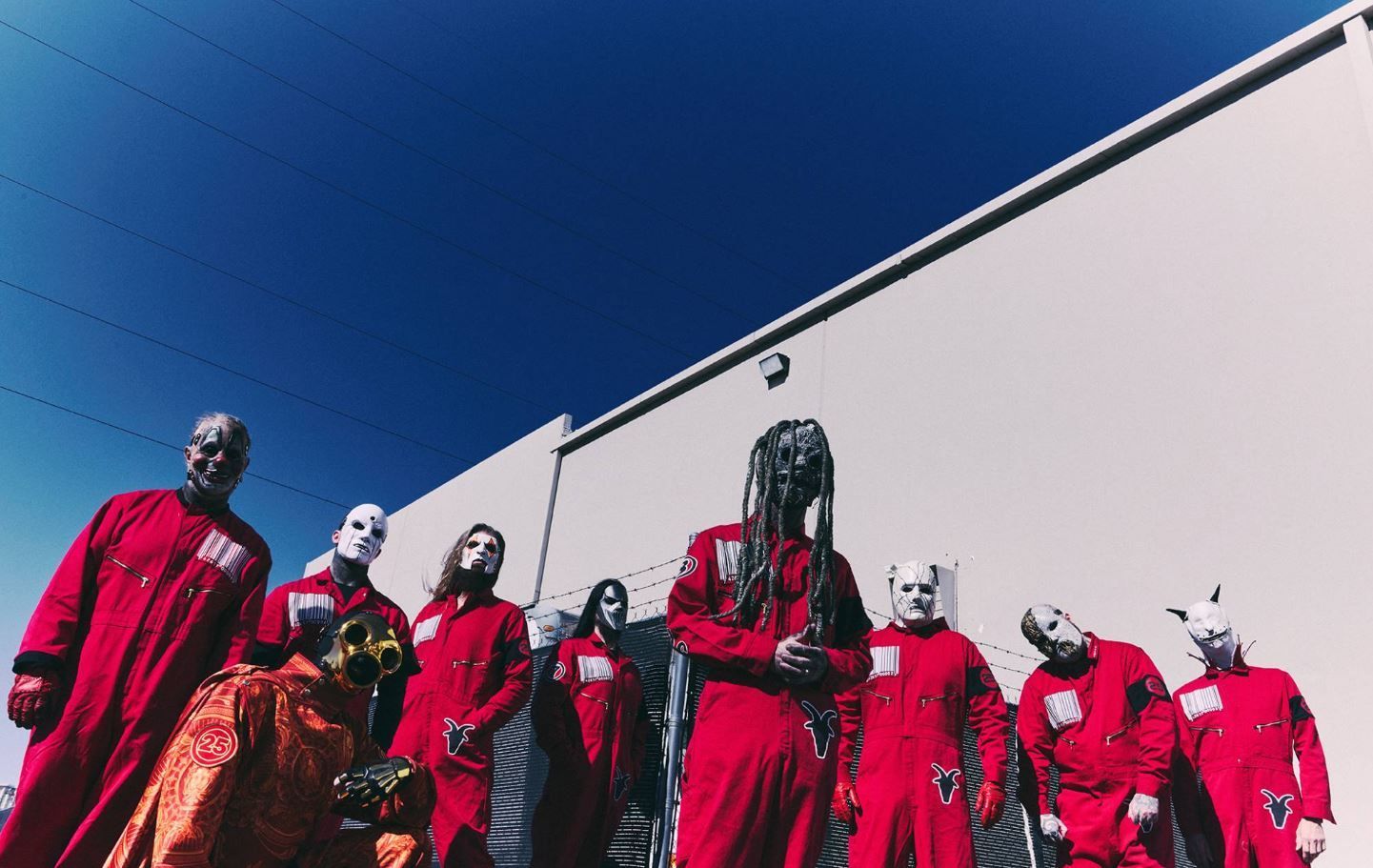Unwrapping the Beauty Brand: Design, Marketing, and More
Beauty branding can help you unlock your brand's full potential...
In the rapidly changing field of beauty and skincare, recognising yourself from everyone else is critical for enterprises looking to attract the attention of their target audience. While some firms have successfully carved out a place for themselves via innovative goods, others have used distinctive design and marketing methods to leave an unmistakable image.
The Power of Visual Language
Branding is more than just a logo or tagline – it's a visual language that conveys a brand's personality and values. Take Glossier, Fenty Beauty, and Milk Makeup, for example. Their minimalist, Instagram-worthy packaging and bold, eye-catching fonts create a unique identity that resonates with their audience. On the other hand, brands like Drunk Elephant and Sunday Riley opt for a more clinical, scientific aesthetic, reflecting their focus on effective, ingredient-driven products.
The Psychology of Colour
Colour psychology plays a significant role in branding and marketing. Glossier and Milk Makeup use pastel colors to evoke feelings of femininity and playfulness, while Drunk Elephant and Sunday Riley use white and blue to convey a sense of purity and science. By choosing the right colors, beauty brands can elicit subconscious reactions from consumers, influencing their purchasing decisions.
The Art of Packaging
The layout of a product's packaging is a testament to a brand's attention to detail. Glossier and Milk Makeup use minimal text and graphics, allowing the product to speak for itself. Drunk Elephant and Sunday Riley, on the other hand, use informative layouts, highlighting the ingredients and benefits of their products. By paying attention to packaging design, beauty brands can create a memorable unboxing experience that sets them apart from the competition.
The Science of Subconscious Reactions
The design elements employed by beauty brands elicit subconscious reactions from consumers. The minimalist aesthetic of Glossier and Milk Makeup creates a sense of trust and reliability, while the bold, eye-catching packaging of Fenty Beauty and Milk Makeup creates a sense of excitement and energy. By understanding the psychology behind design, beauty brands can create a brand identity that resonates with their target audience.
A Case Study: Kosas
Kosas is a popular beauty brand known for their innovative and high-quality products. Their Hotliner range is a line of lip liners that are designed to be long-lasting and comfortable to wear. The Hotliner comes in a variety of shades to suit different skin tones and preferences. With its sleek and modern packaging, the Hotliner is a prime example of how design can elevate a product and create a memorable brand experience.
Marketing Strategies Beyond Design
In addition to design, beauty brands employ various marketing strategies to capture the attention of their target audience. Influencer marketing, social media campaigns, and loyalty programs are just a few examples of the many strategies employed by brands to build a loyal customer base. By combining design with effective marketing strategies, beauty brands can create a unique identity that resonates with their target audience.
Standing out from the competition requires a deep understanding of branding, design, and marketing strategies. By paying attention to elements such as visual language, color psychology, packaging design, and marketing strategies, beauty brands can create a unique identity that resonates with their target audience. Whether you're a seasoned brand or a newcomer to the market, understanding the secrets of beauty branding can help you unlock your brand's full potential and capture the attention of your target audience.











